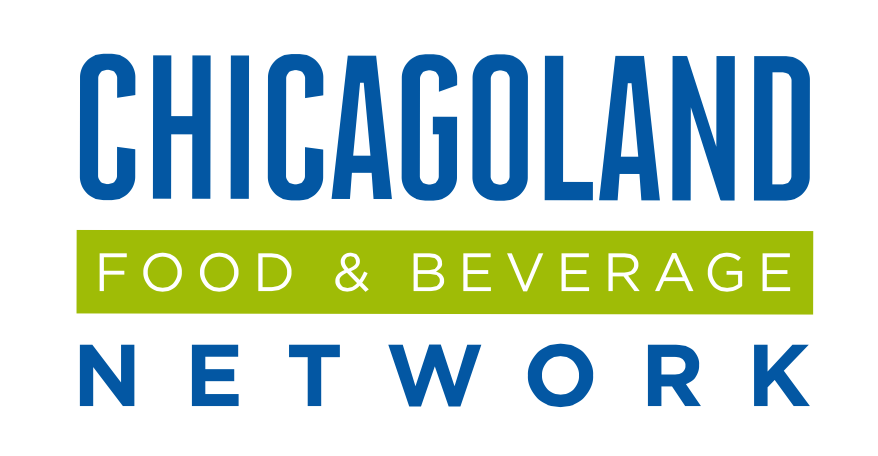
Everyone knows how tasty beef jerky is, but many people fail to realize that most big-name beef jerky brands use artificial additives, preservatives, and excess sugar to keep you hooked.
Does this mean you should avoid jerky at all costs? Not at all. Luckily, there’s a healthier alternative that’s guaranteed to satisfy your cravings, turkey jerky!
Turkey jerky has recently gained popularity following the trend of our flourishing health-conscious population. With its seemingly perfect macronutrient ratio, it deserves a spot in everyone’s diet.
So is turkey jerky healthy? Absolutely! And in this post, Chomps is going to dive into why it’s actually considered one of the healthiest snacks available.


